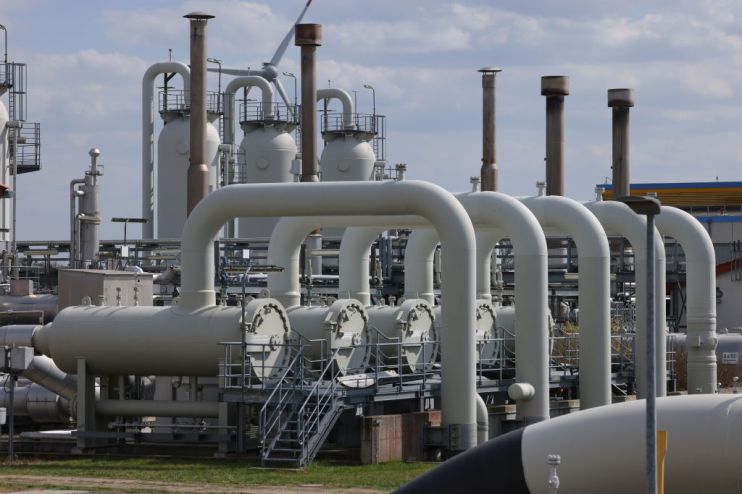Gas prices climb amid renewed concerns of winter shortages

Gas prices spiked this morning, with capacity reductions at gas fields in Norway powering the latest uptick in spot prices – reminding investors of the risk of winter shortages.
European prices on the Dutch TTF Futures market rose 8.2 per cent, while the domestic UK Natural Gas Futures market shot up six per cent, extending yesterday’s rebound.
This follows a sustained decline in rates across both major European benchmarks, with prices dropping within touching distance of normal trading patterns earlier this month.
Milder winter weather and healthy stockpiles of gas across the continent have eased fears over the energy crisis – however, future markets remain historically elevated amid expectations of colder weather and tight energy markets.

This would see the continent dipping into its reserves, and could still pave the way for rationing over the winter months.
Network operator Gassco has revealed fields in Norway have unplanned capacity reductions although total flows from the Nordic country are expected broadly stable for now.
Meanwhile, a major liquefied natural gas plant which was damaged by a fire earlier this year has yet to submit a restart plan to regulators.
This has raised doubts over whether the Freeport facility can resume operations this month as planned, amid a continued supply squeeze of gas flows from Russia into the continent.
Warm winter weather eases Government bills
Nevertheless, the decline is prices over the past month is a boost for the Government, as it is expected to lower the cost of energy bills.
Chancellor Jeremy Hunt is set to benefit from the unseasonal warm weather slashing the cost of the Energy Price Guarantee.
It has taken £260m off the price of the support package this month, according to research from BFY Group seen by Bloomberg.
The total cost of household power and gas use to the Government in October was about £2.7bn, it said.
The group calculates that comparatively high temperatures has meant households have not switched on the heating as early as they would in a normal year, reducing October natural gas demand by almost 19 per cent.
Gemma Berwick at BFY said: “It shows the scale of savings that could be made by implementing energy efficiency measures and reducing demand,” adding that improving energy efficiency “should be high on the agenda for the new prime minster”.
This follows predictions from Goldman Sachs that tumbling European prices could save the Chancellor £5bn over the duration of the support package.
It forecasts that benchmark European gas prices will slump 30 per cent over the winter, from the current level of €125 per megawatt hour to €85 per megawatt hour in early 2023.
This is less than a third of the €300 rate reached in August.
The price projection is still several times higher than the ultra-cheap energy that households and industry enjoyed prior to the Russian invasion of Ukraine, it would reduce fears of a supply crunch.